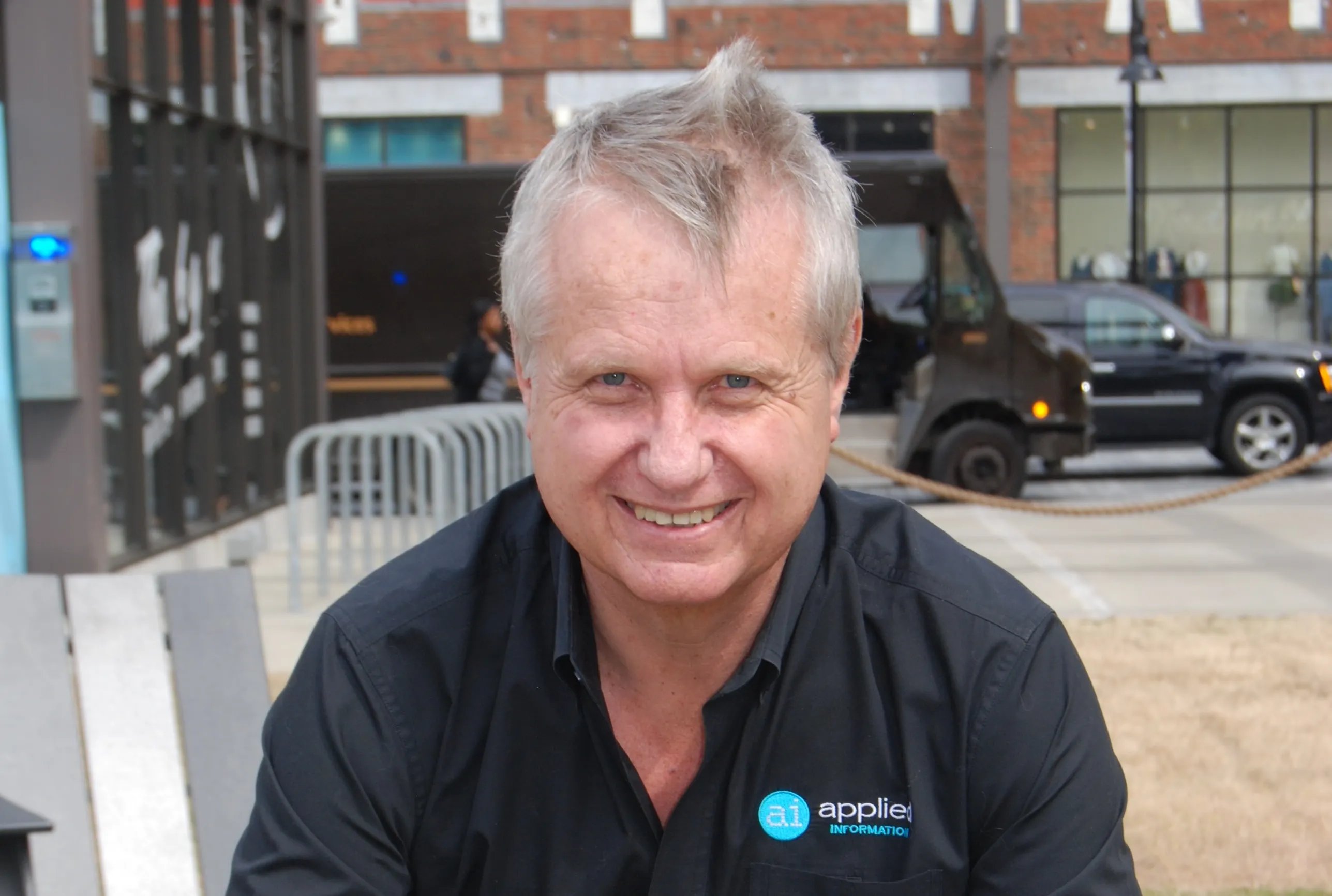
Cubic Telecom and Skylo Technologies have teamed up to provide new vehicles with global emergency network coverage, including on the world’s most remote roads.
With the systems from satellite communications provider Skylo - a non-terrestrial network (NTN) comms operator - vehicles can automatically request emergency services when occupants are incapacitated.
Cubic’s connectivity solution will be extended to include access to Skylo’s global network. As part of this partnership, Skylo’s NTN solutions will be offered as a network connectivity option on Cubic’s solutions.
Many automakers offer systems that automatically contact emergency services in a crash, transmitting essential info including location and vehicle details. This announcement means these vehicles (and those using Cubic’s tech) will now have the connectivity to make this automatic emergency care request possible from any location.
Cubic connects more than 21 million vehicles in over 190 countries, and this new partnership enables global network coverage using standards-based NB-NTN chipsets and an efficient messaging protocol that maximises the benefits of satellite connectivity.
Skylo’s satellite network allows seamless switching between cellular and satellite, ensuring reliable communication for critical vehicle use cases, including location tracking, remote diagnostics, vehicle unlock and emergency communications.
Skylo uses dedicated, licenced mobile satellite service (MSS) spectrum in existing, globally-allocated satellite frequency bands. This allows ubiquitous and continuous coverage in rural and remote areas without requiring mobile network operators to share their valuable spectrum assets. It also avoids potential network interference that can occur when satellite and cellular networks attempt to share the same frequency bands. The overlay of MSS spectrum does not require exclusion zones and allows for the infill of those micro-holes that often exist in cellular coverage.
“By integrating Skylo's NTN capabilities with our software-defined vehicle solutions, we are elevating critical vehicle communications to new heights of energy efficiency, smart technology integration and robust security,” said Barry Napier, chief executicve of Cubic Telecom.
“This collaboration allows us to optimise energy usage through intelligent network management, harness cutting-edge smart technologies for seamless connectivity and reinforce security measures to protect data and communications.”
Devices connected over satellite are managed and served by Skylo's commercial NTN vRAN, featuring a 3GPP standards-based cloud-native base station and core. Skylo works with existing satellite operators, network operators and device makers to provide subscribers an 'anywhere, anytime' connectivity solution between terrestrial and satellite networks.
“Skylo’s partnership with Cubic is a key enabler for OEMs to seamlessly bridge satellite and cellular networks for remote vehicle monitoring and control, emergency messaging, and roadside assistance in a cost-efficient way, with service that’s live and available today,” said Parthsarathi Trivedi, co-founder and chief executive of Skylo.
“Operating with a standards-based solution provides automotive OEMs the predictability and reliability they need as they integrate satellite connectivity in their multi-year product roadmap.”










